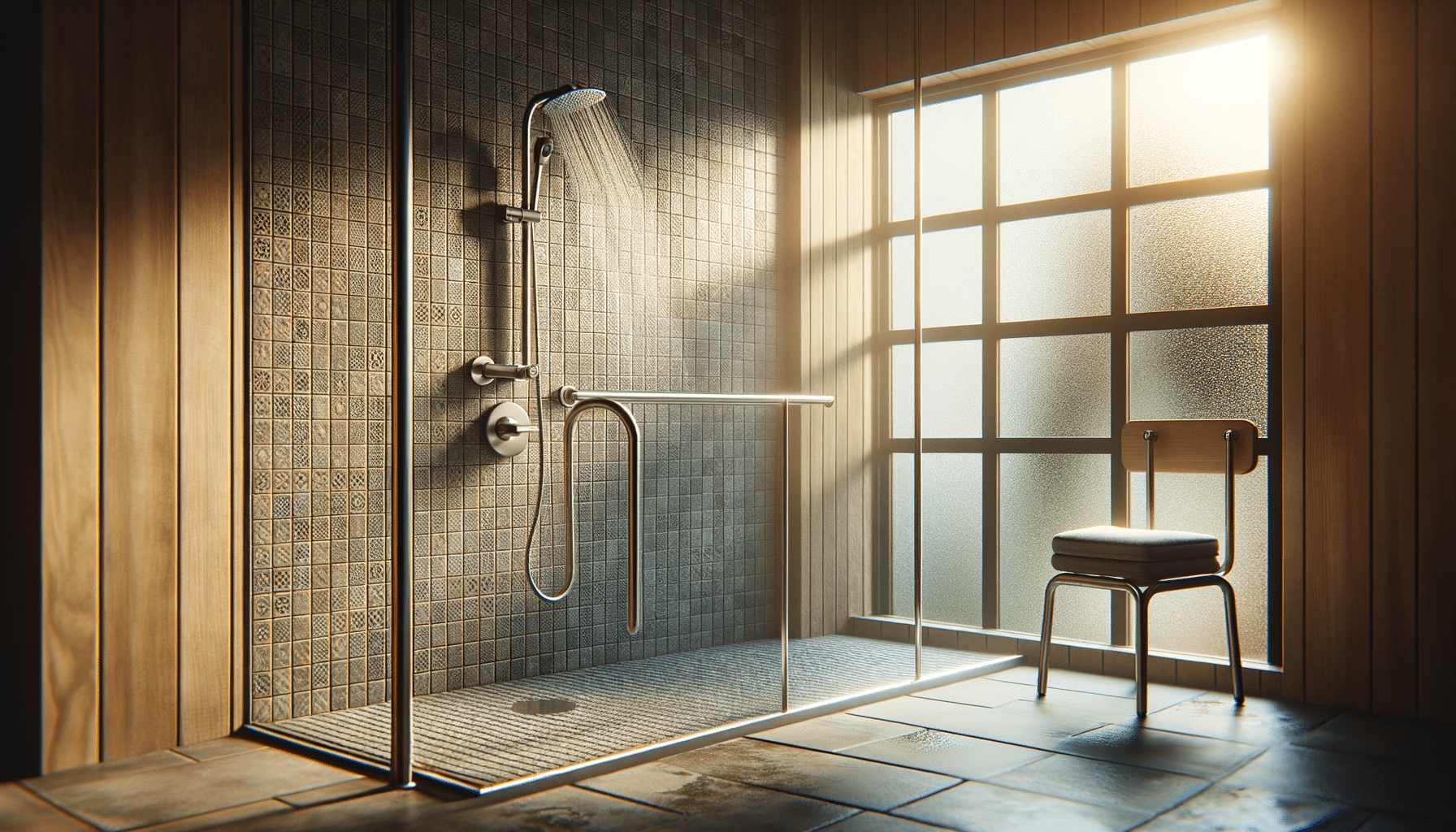
How T1-11 Siding Holds Up Against Harsh Winter Weather
Understanding T1-11 Siding: A Durable Choice for Harsh Climates
T1-11 siding, a popular choice among homeowners, is known for its rustic appearance and cost-effectiveness. Made from plywood or oriented strand board (OSB), it offers a natural wood look that appeals to many seeking an aesthetic touch for their homes. However, the true test of its value is how well it withstands harsh weather conditions. T1-11 siding is specifically designed to be resilient, with grooves that help in water drainage and prevent moisture buildup. This feature is particularly beneficial in regions experiencing heavy rainfall and snow, where water damage can be a significant concern.
One of the key advantages of T1-11 siding is its versatility. It can be painted or stained to enhance its weather-resistant properties, providing an additional layer of protection against the elements. Regular maintenance, such as sealing and painting, is crucial to prevent issues like cracking, warping, and rot. Homeowners often find that with the right care, T1-11 siding can last for decades, making it a sound investment for long-term protection.
Wood Insulating and Vinyl Siding: A Comparative Analysis
When it comes to siding options, homeowners often find themselves choosing between wood insulating and vinyl siding. Both materials have their unique benefits and drawbacks, and the decision often depends on factors like climate, budget, and personal preference. Wood insulating siding is renowned for its natural insulation properties, providing excellent thermal performance that can reduce energy costs. Its aesthetic appeal is another advantage, offering a classic look that vinyl cannot easily replicate.
Vinyl siding, on the other hand, is highly regarded for its low maintenance and cost-effectiveness. It is resistant to various weather conditions, including harsh winters, as it does not absorb moisture or rot like wood. However, it does not offer the same level of insulation as wood, which might be a consideration for those living in colder climates.
Ultimately, the choice between wood insulating and vinyl siding depends on prioritizing either the natural beauty and insulation of wood or the durability and low maintenance of vinyl. Both options can be effective, but understanding the specific needs of your home and climate is essential for making the right decision.
Replacing and Repairing Wood Shingle Siding
Wood shingle siding provides a charming and traditional appearance for many homes, but over time, it can suffer from weather damage, leading to the need for replacement or repair. Common issues with wood shingle siding include warping, cracking, and rot, particularly in areas with high moisture levels. Regular inspection and maintenance are crucial to extend the life of wood shingles and preserve the home’s exterior.
Replacing damaged wood shingles involves several steps, starting with the removal of the affected shingles. It’s important to carefully assess the underlying structure for any additional damage, such as rot or mold, which should be addressed before installing new shingles. New shingles should be treated with a weather-resistant sealant to prevent future damage, ensuring that they provide long-lasting protection.
Repairing wood shingle siding, while often more cost-effective than replacement, requires attention to detail to match the existing shingles in color and texture. This process not only restores the home’s aesthetic appeal but also reinforces its structural integrity against harsh weather conditions.
Protective Treatments for T1-11 Siding
To maximize the lifespan of T1-11 siding, protective treatments are essential. These treatments include applying a high-quality sealant or paint to create a barrier against moisture and UV rays. Regularly sealing T1-11 siding helps to prevent water infiltration, which can lead to rot and warping. Additionally, using a weather-resistant paint adds another layer of protection, enhancing the siding’s ability to withstand harsh winter conditions.
Homeowners often find that a combination of sealants and paints tailored to their specific climate offers the best results. For those in colder regions, a thicker sealant can provide added insulation, reducing heating costs during winter months. By investing in these protective treatments, homeowners can ensure that their T1-11 siding remains in excellent condition, providing reliable protection and maintaining its aesthetic appeal for years to come.
Conclusion: Choosing the Right Siding for Your Home
In conclusion, selecting the right siding for your home involves considering factors such as climate, maintenance, and aesthetic preferences. T1-11 siding offers a durable and cost-effective option, especially when properly maintained with protective treatments. For those considering alternatives, wood insulating and vinyl siding each have their merits, depending on the specific needs and conditions of the home.
Whether opting for the natural beauty of wood shingles or the low-maintenance appeal of vinyl, understanding the characteristics and requirements of each siding type is crucial. With the right choice, homeowners can enhance their home’s exterior, improving both its appearance and resilience against harsh weather conditions.


